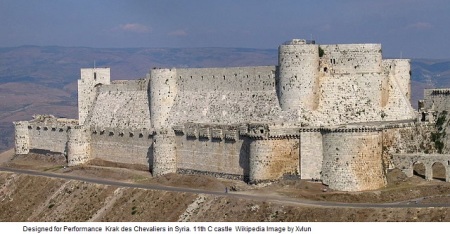Post 200 –by Gautam Shah
.

Grills are primarily protection devices in openings, but have been used as an ornamental element. Grills are placed in apertures, windows, doors, other gaps and also over walls. Grills are used barricades such as the as parapets on terraces, in balconies, galleries or at the edge of any elevated level. Grills are also used as transparent divider on roads and as estate boundaries. First grills were just heaps or stacks of twigs or thorny branches against any trespass-able opening. Fixed grills were created by or inserting wood sticks into the sides of the openings.

Grills of stones or trellis are created in buildings. These Jalis provided protection and privacy. Metal grills of Bronze and Cast steel provided unbreakable and thin body material. The metals were shaped by casting, forging, bending and joining.


Grills of metal began to reflect the artistic fantasy, almost as close to a sculpture, mural or painting. It was possible to create many a different pattern. Grills had simple linear patterns of geometry as well as floral compositions. The lines of the composition were moulded into a planner (2D) or cubical (3D) profiles, by infinite sectional variations. The profile variations made the grill visible in different forms from different view angles. Grills themselves were initially planner elements, but now began to be moulded to form multi-curved surfaces and multi lateral 3D configurations like sculptures. A well-designed grill can be ornamentation yet be a functional entity.


A predominantly vertical configuration in a grill pattern expresses a masculinity, heavy or solidity, and looks over bearing. It obstructs the vision through it. Vertical configurations in grills are psychologically associated with an enforced confinement or jail.

A predominantly horizontal grill pattern allows restricted, but wide horizontal level of vision, and so seems less masculine, solid or imposing. Horizontal patterns are too dependent on their surrounding elements to be effective, and as a result need lots of design co-ordinations.


A curvilinear or floral pattern looks effeminate. Such grills arrest the vision into themselves, and so survive on their own. However, such patterns tend to be symbolic representations, and may seem out of place in any other context.

Grills are used to soften or harden the effect of other architectural elements. A semi circular stone arch bereft of any carvings or appendages can be made to look softer and less dominant by a suitable grill pattern. Similarly a flowing pointed arch or multi curved arch with flutes etc. can be made little more over bearing or imposing by geometric patterned grill.

Grills are used to divide very large open faces or gaps into visually manageable sections. Grills over Chowk areas in old Delhi and Northern India houses are used as walkways for accessing rooms across the Chowk and also for sleeping and drying clothes.

.
.



 In various cultures, doors opening outward and inward, imply peculiar meaning. A door opening outward shows that one needs to be more accessible to others. Roman society permitted individuals of high honour to have external door opening outward. An inward opening door, however, indicates a desire for inner exploration and self-discovery. Common citizens of Roman society had doors opening inward. The door was always open to a stranger and community, secured by a dog or its image. Roman Goddess Cardea had powers obtained the Door god Janus ‘to open what is shut and to shut what is open’.
In various cultures, doors opening outward and inward, imply peculiar meaning. A door opening outward shows that one needs to be more accessible to others. Roman society permitted individuals of high honour to have external door opening outward. An inward opening door, however, indicates a desire for inner exploration and self-discovery. Common citizens of Roman society had doors opening inward. The door was always open to a stranger and community, secured by a dog or its image. Roman Goddess Cardea had powers obtained the Door god Janus ‘to open what is shut and to shut what is open’.









 The first glass in an opening was the little cast disk fixed in the roofs. The disks were cast in sand shallow pits, and partially ground to improve its translucency. Technologically it was not possible to produce larger disks and of better transparency. Other materials for window covering were leather (as parchment), wax or oil coated woven clothes, thin pieces of alabaster, and in the orients -the paper.
The first glass in an opening was the little cast disk fixed in the roofs. The disks were cast in sand shallow pits, and partially ground to improve its translucency. Technologically it was not possible to produce larger disks and of better transparency. Other materials for window covering were leather (as parchment), wax or oil coated woven clothes, thin pieces of alabaster, and in the orients -the paper.






























 It is very difficult to conceive a fresh set of exclusive performance specifications. But one can gradually and consciously reformat the traditional specifications with inclusion of performance parameters for standard parts and components.
It is very difficult to conceive a fresh set of exclusive performance specifications. But one can gradually and consciously reformat the traditional specifications with inclusion of performance parameters for standard parts and components.






































